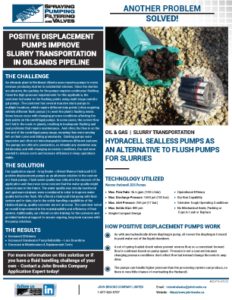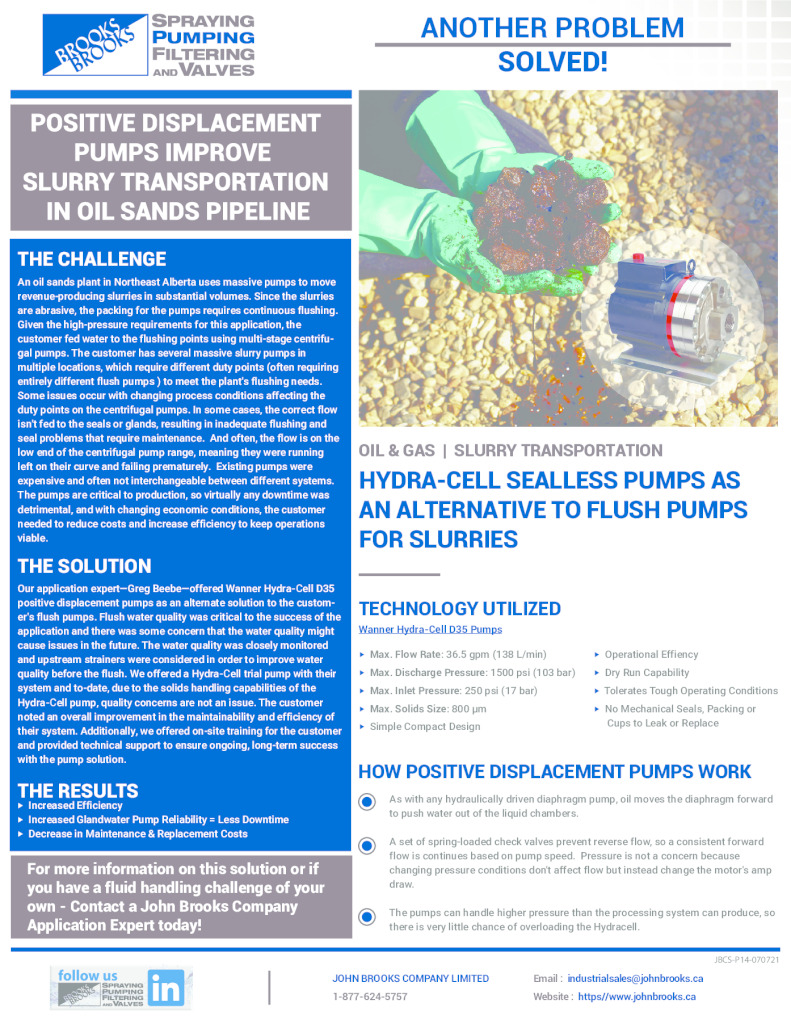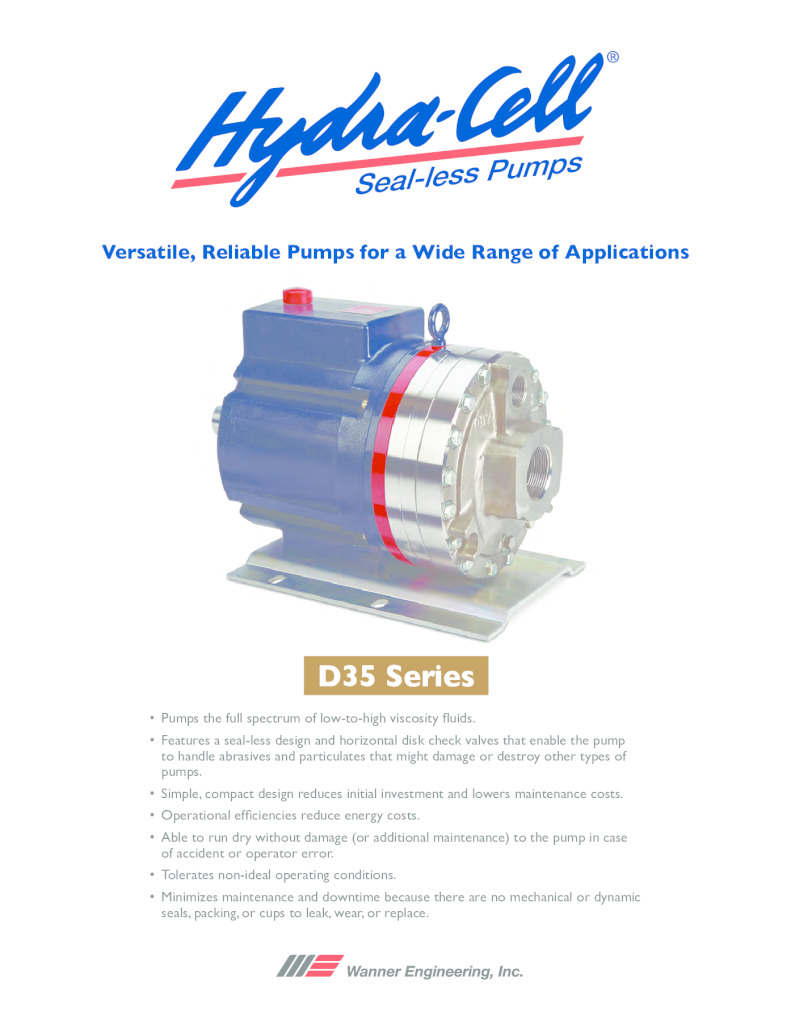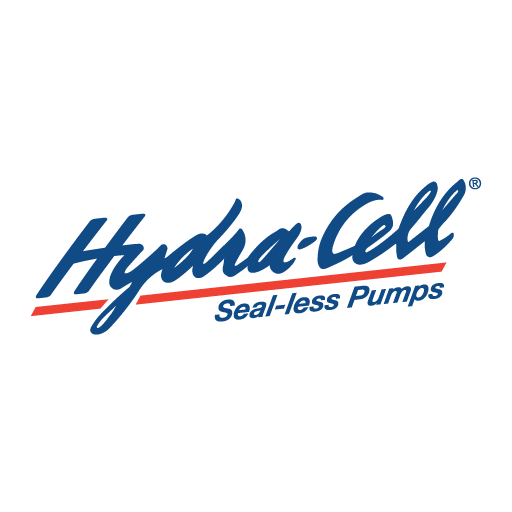John Brooks Company Application Experts Increase System Efficiency and Reduce Maintenance Costs for an Albertan Oil Sands Slurry Pipeline
The Challenge: To improve overall operational reliability and production costs by streamlining the gland flush pump systems
An Oil Sands plant in Northeast Alberta uses massive pumps to move revenue-producing slurries in substantial volumes. Since the slurries are abrasive, the packing for the pumps requires continuous flushing. Given the high-pressure requirements for this application, the customer fed water to the flushing points using multi-stage centrifugal pumps.
The customer has several massive slurry pumps in multiple locations. Each pump needs different duty points (often requiring entirely different flush pumps) to meet the plant’s flushing needs. Some issues occur with changing process conditions affecting the duty points on the centrifugal pumps. In some cases, the correct flow isn’t fed to the seals or glands, resulting in inadequate flushing and seal problems that require maintenance. And often, the flow is on the low end of the centrifugal pump range, meaning they were running left on their curve and failing prematurely. Existing pumps were expensive and often not interchangeable between different systems.
The pumps are critical to production, so virtually any downtime was detrimental. With changing economic conditions, the customer needed to reduce costs and increase efficiency to keep operations viable.
The Solution: Positive Displacement Pumps
Our application expert—Greg Beebe—offered Wanner Hydra-Cell D35 positive displacement pumps as an alternate solution to the customer’s flush pumps.
The Advantages:
- Positive displacement pumps will produce the required flow regardless of changes in process pressure.
- The physical size of Hydra-Cell units was smaller than the customer’s existing pumps.
- Using the same model for all applications reduces stores inventory and creates redundant spares to minimize downtime.
- Have dry run capabilities and are self-priming.
- Notably less expensive than the existing pump designs
- Can efficiently operate at lower flows with no concern of reduced life.
Post-Installation Challenge
Flush water quality was critical to the application’s success, and there was some concern that the water quality might cause issues in the future. The water quality was closely monitored, and upstream strainers were considered to improve water quality before the flush. We offered a Hydra-Cell trial pump with their system. To date, due to the solids handling capabilities of the Hydra-Cell pump, quality concerns are not an issue.
The Hydra-Cell pumps successfully achieved the customer’s goals of reducing costs and increasing efficiency to their slurry operations.
The Results:
- Increased Glandwater pump reliability, resulting in less downtime.
- No leaks
- Consistent flow throughout the process
- The pumps were easier to maintain in the field
- Mechanical efficiency is higher than the centrifugal pumps
- Fewer parts meant less maintenance and reduced replacement costs
- Fewer models represent less stores space and cost requirements and lower stress on support services
The customer noted an overall improvement in the maintainability and efficiency of their system. Additionally, we offered on-site training and technical support to ensure ongoing, long-term success with the pump solutions.
Positive Displacement Pump Technology Used
We solved the customer’s problems using Wanner Hydracell D35 Pumps.
D35 Series Pump Specs
- Flow Rate: 36.5 GPM (138 L/min)
- Discharge Pressure: 1500 psi (103 bar)
- Inlet Pressure: 250 psi (17 bar)
- Solids Size: 800 μm
- Pumps the full spectrum of low-to-high viscosity fluids
- Simple, compact design reduces initial investment and lowers maintenance costs
- Operational efficiencies reduce energy costs.
- Dry run capabilities without damage or additional maintenance
- Tolerates non-ideal operating conditions
- Minimizes maintenance and downtime because there are no mechanical seals, packing, or cups to leak or replace.
How Positive Displacement Pumps Work
- As with any hydraulically driven diaphragm pump, oil moves the diaphragm forward to push water out of the liquid chambers.
- A set of spring-loaded check valves prevent reverse flow, so a consistent forward flow is continues based on pump speed. Pressure is not a concern because changing pressure conditions don’t affect flow but instead change the motor’s amp draw.
- The pumps can handle higher pressure than the processing system can produce, so there is very little chance of overloading the Hydra-Cell.






